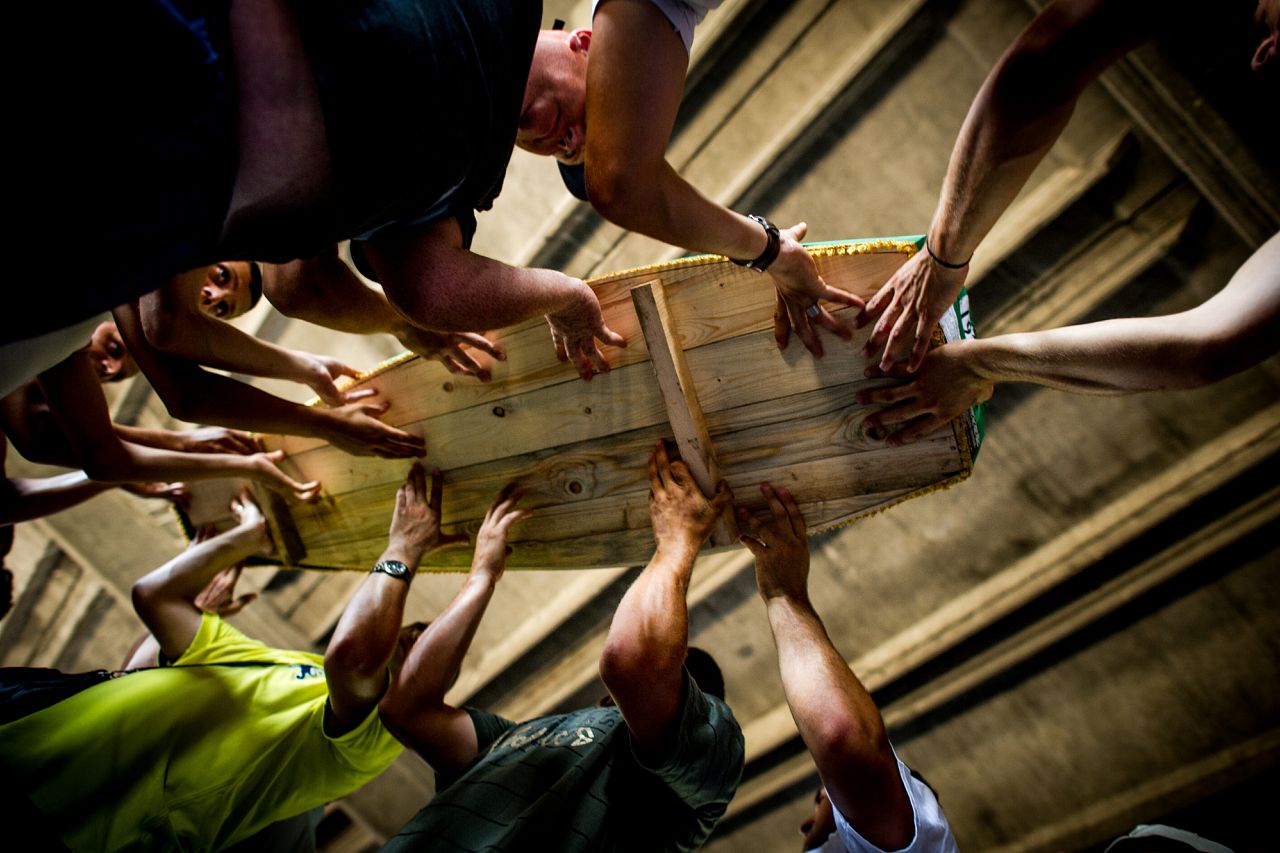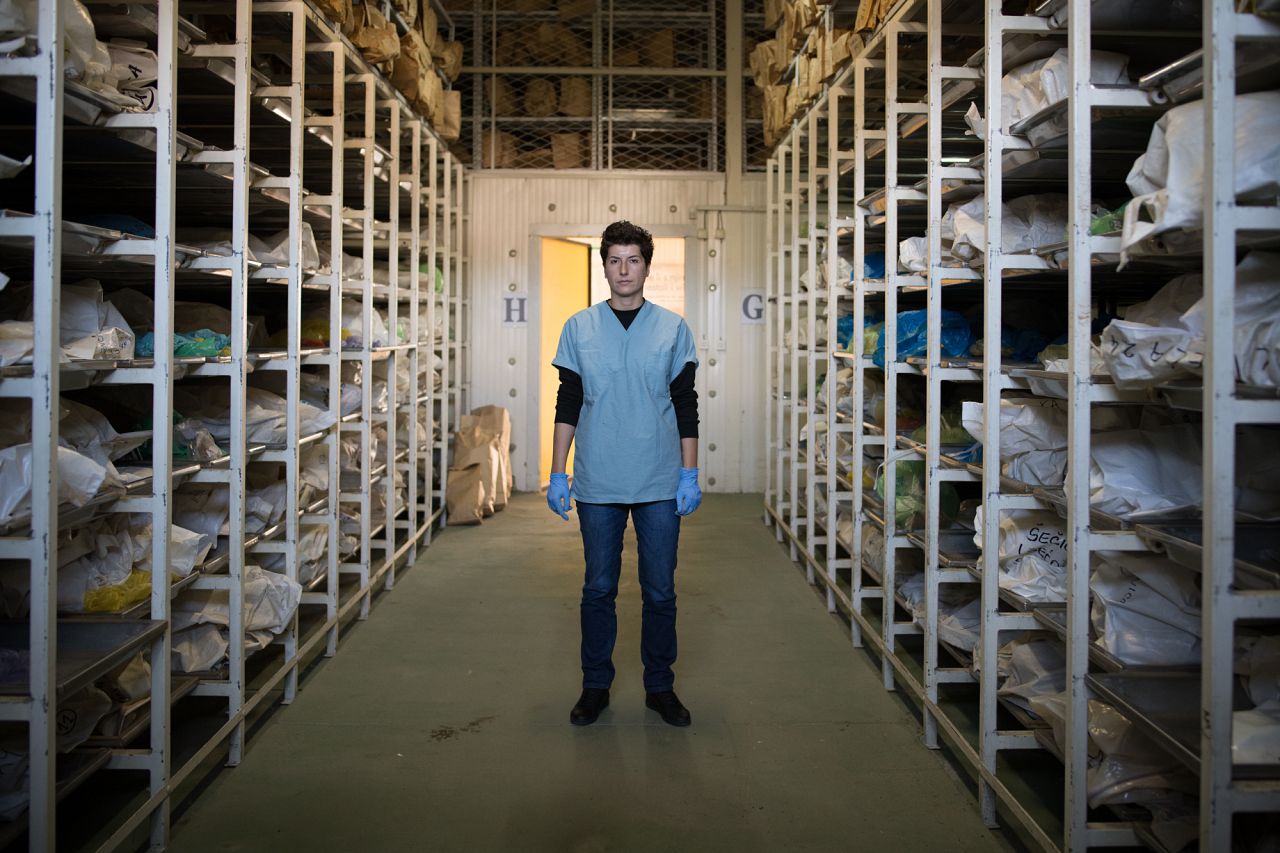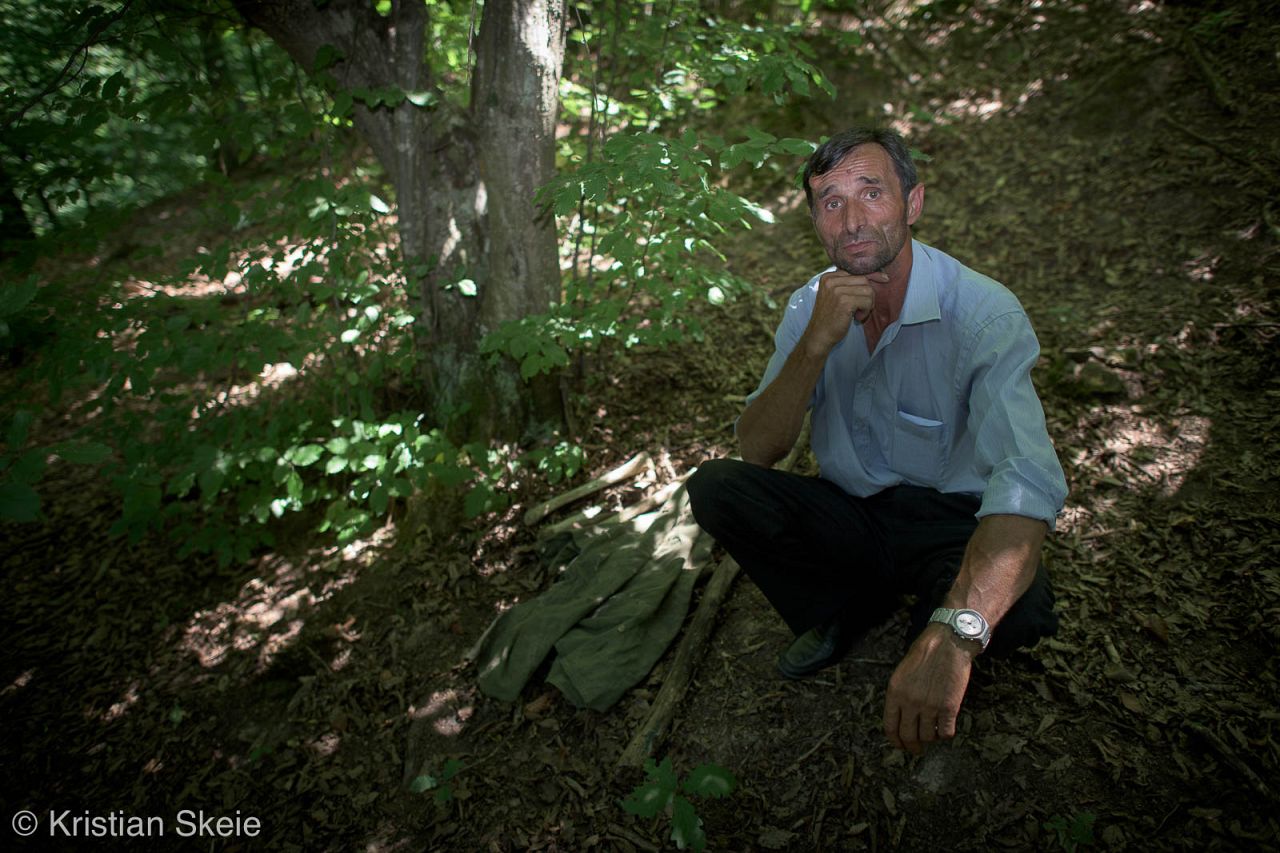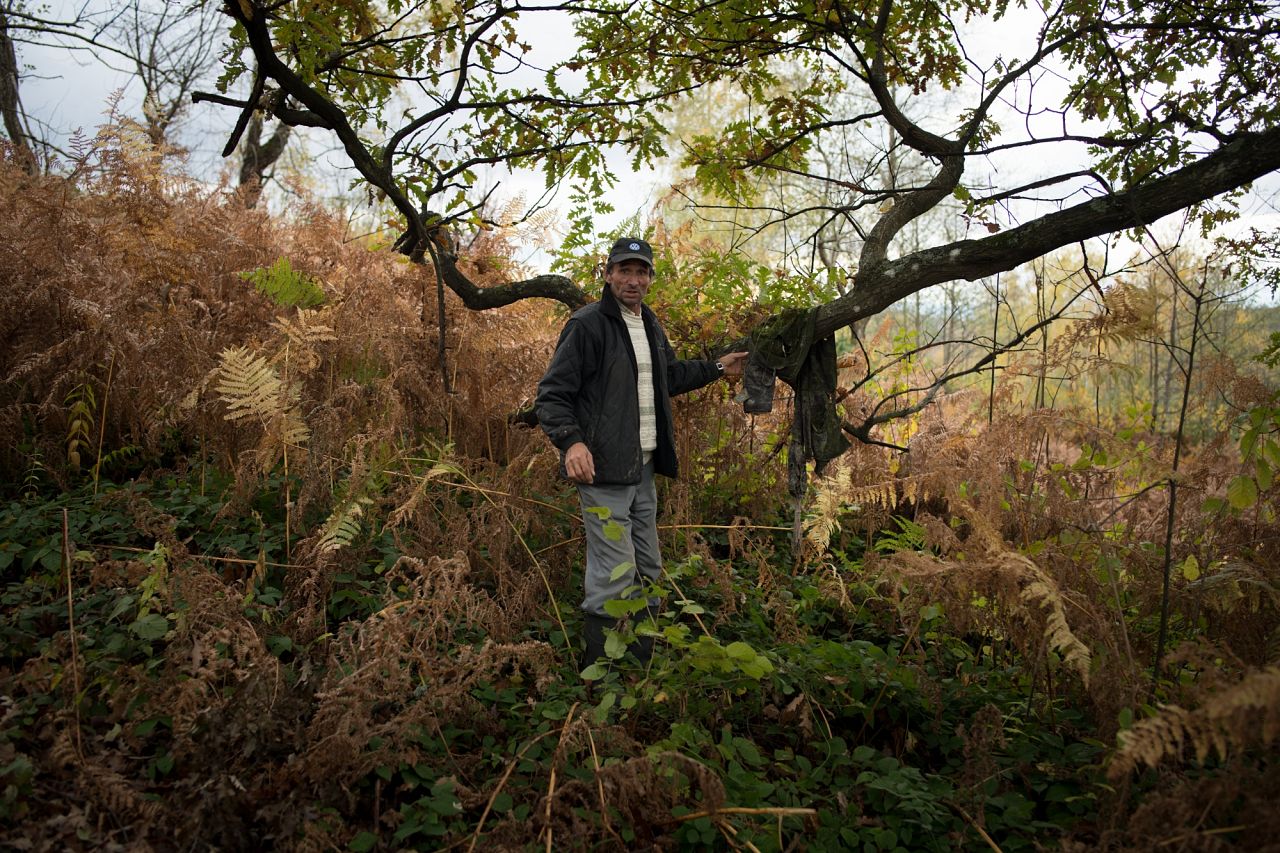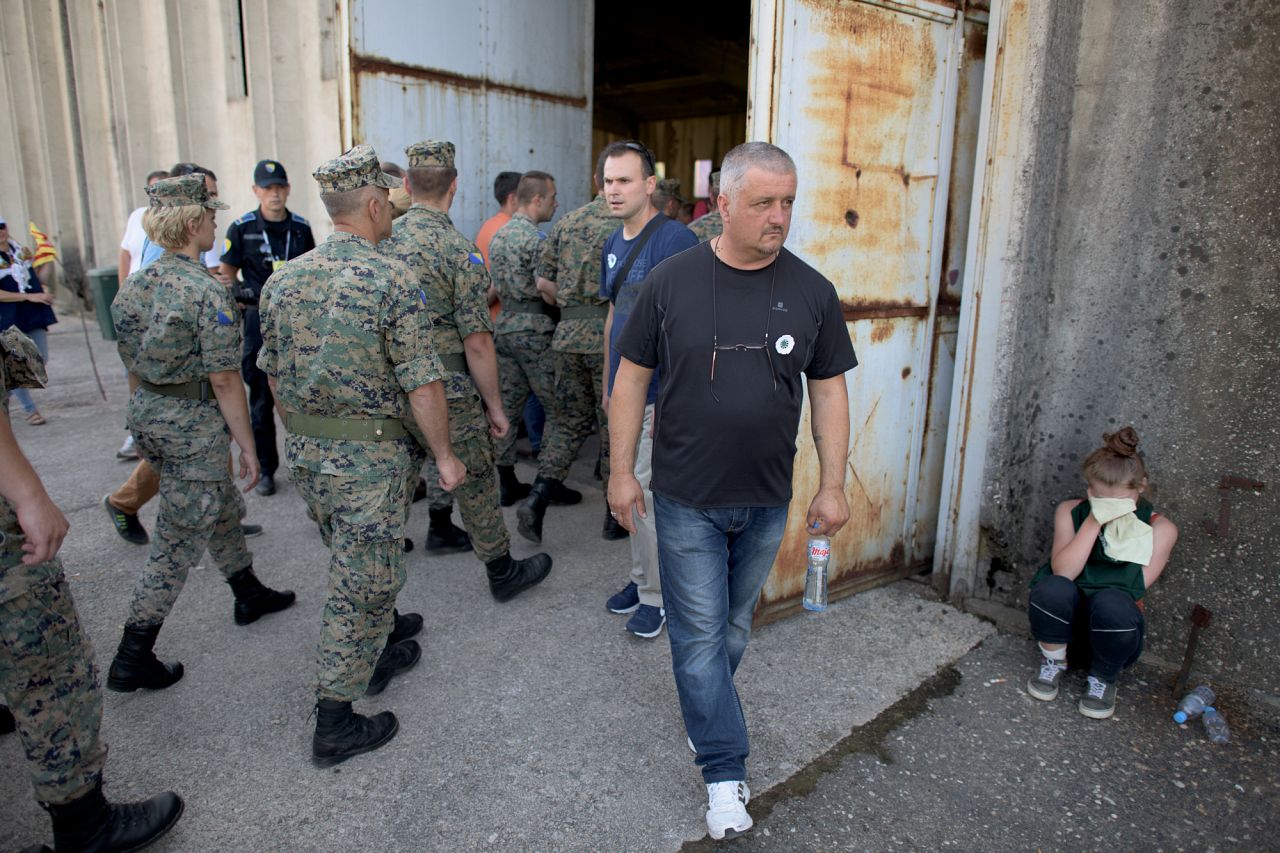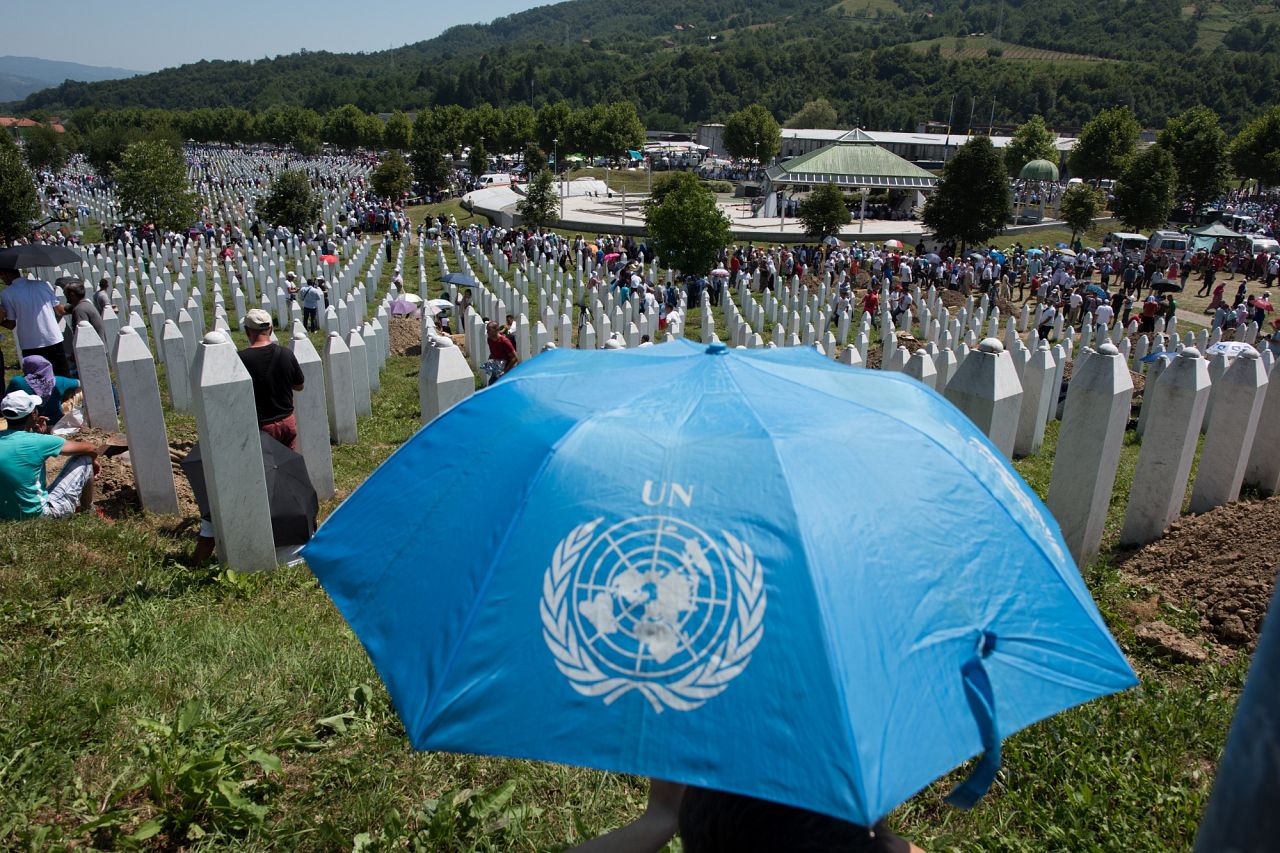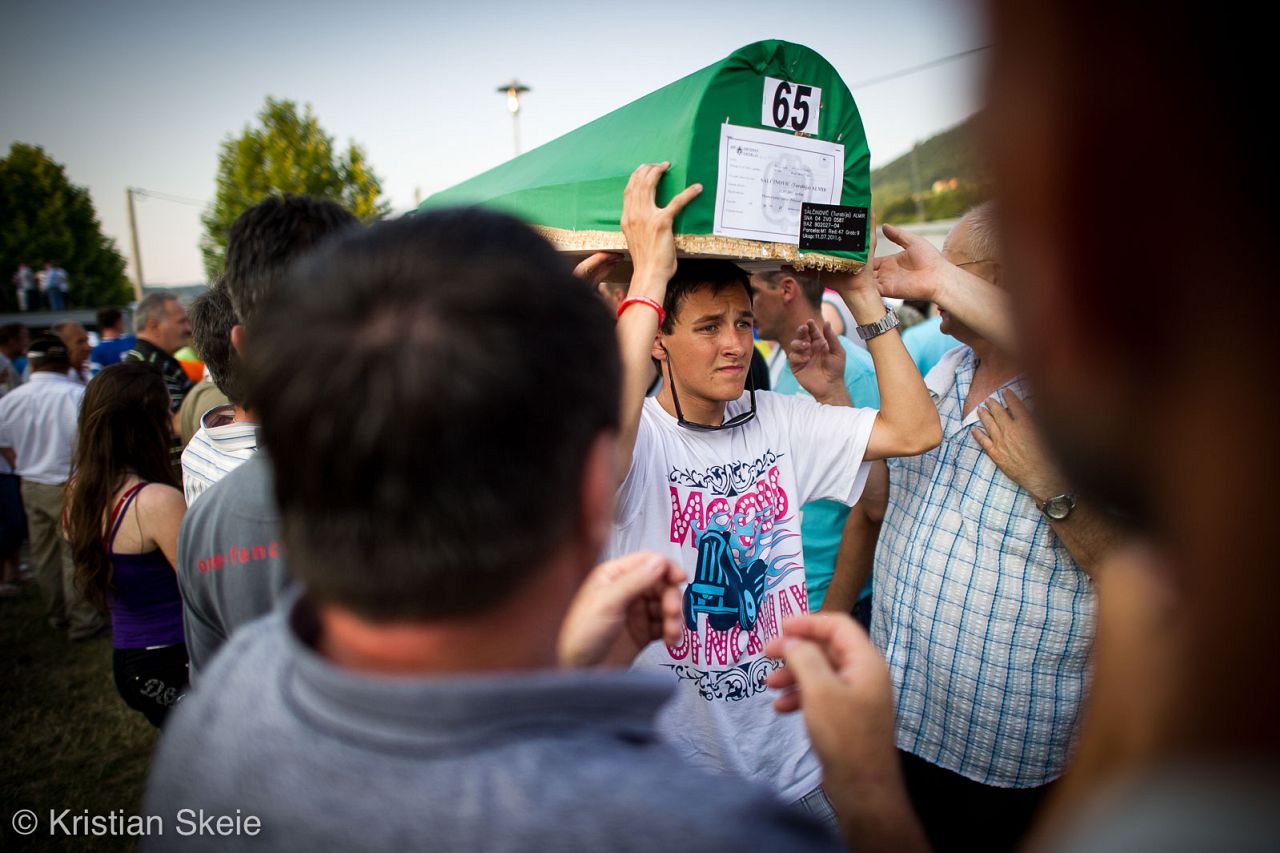“Our memories are not very good. We forget quickly.”
This 11 July marks three decades since more than 8,000 Bosniak men and boys from Srebrenica – a small town in eastern Bosnia – were systematically executed over the course of several days.
It was the worst atrocity on European soil since World War II.
For Swiss-based photographer Kristian Skeie, the anniversary is not just about remembrance — it’s a reminder of the need to keep paying attention.
His ongoing project, which he started 15 years ago, documents the lasting impact of the genocide: families gathering at mass graves for annual burials, children walking the same hills where their fathers were executed, survivors retracing the now-ritualised 120km march from Tuzla to Srebrenica.
“This project is all about how people find strength,” he tells Euronews Culture, “or how people manage to pull themselves together after having experienced a genocide, and then continue their lives afterwards.”
The genocide in Srebrenica, which took place in July 1995 near the end of the Bosnian War, was part of a broader campaign of ethnic cleansing carried out by Bosnian Serb forces.
“The Bosnian Serb population, led politically by Radovan Karadžić and militarily by Ratko Mladić – with support from Slobodan Milošević in Serbia – wanted to become part of a Greater Serbia,” Skeie explains. “They were unhappy with the breakup of Yugoslavia, and what followed was a campaign to get rid of the Bosniaks entirely. In a very simplified way that’s what was going on.”
Declared a UN safe area, Srebrenica was under the protection of Dutch UNPROFOR peacekeepers. But on 11 July, Mladić and his troops entered the town, separating men from women and children.
While the latter were to be deported, the men and boys were taken to execution sites to be killed.
One man featured in Skeie’s project is Ramiz Nukić, a survivor of the genocide who spent years scouring the land around his home in search of bones – driven by the hope of finding his murdered relatives.
“He realised that if he had this craving to find the remains of his family members… surely others will have the same craving.” By the time of his death two years ago, Nukić had located the remains of nearly 300 people.
Every year on 11 July, newly identified remains are still being buried.
“These are real burials,” Skeie says. “It’s up to the families to decide if they want to bury their loved ones that year … sometimes they only have a finger, an arm.”
On Friday, seven victims – including two 19-year-olds – will be laid to rest in a collective funeral at the memorial centre’s cemetery near Srebrenica.
For Skeie, his work is not about providing easy answers. His images are meant to prompt reflection, discomfort, memory.
“This is the kind of photography that needs text as well,” he says. “You can tell a lot with a picture, but I do not believe you can tell everything. Not this kind of photography anyway.”
He adds: “I think looking at old photos that documented the war itself is incredibly valuable. But in a way, what we’re doing now is also saying: we’re not giving up on this. We’re continuing to go back and see what’s happening here. But as we’re seeing elsewhere now – we can talk about Gaza, Sudan – it just keeps happening. It goes on all the time.”
Still, he holds onto the belief that bearing witness matters – even if change is slow.
“It’s more important than ever before. But at the same time, you wonder: does it make a difference? Because it keeps happening all the time anyway. But I do choose to think that it does perhaps remind people… we gotta find better solutions. We cannot have a society like this. I have children. I don’t want them to grow up like this.”
Thirty years on, Bosnia remains divided along ethnic lines, while both Bosnian Serb leaders and neighbouring Serbia continue to reject the classification of the Srebrenica massacre as genocide, despite rulings from two UN courts.
Serbia’s President Aleksandar Vučić expressed condolences on X while calling the Srebrenica massacre a “terrible crime.” Vučić added that “we cannot change the past but we must change the future.”
Watch the video in the web player above to hear directly from Kristian Skeie.



